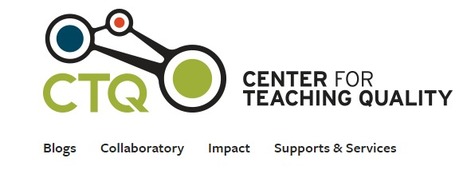Paretoprinzip - Wikipedia
Die Verteilung mit 80 und 20 im Pareto-Prinzip führt oftmals zu der falschen Annahme, dass die Summe von 100 für ähnliche Verteilungen zwingend sei. Demzufolge sind in der Verallgemeinerung des Prinzips nur solche Verteilungen möglich, bei denen sich k Prozent des Erfolgs auf (100 − k) Prozent aller Bemühungen zurückführen lassen.
Das Paretoprinzip, benannt nach Vilfredo Pareto (1848–1923), auch Pareto-Effekt, 80-zu-20-Regel, besagt, dass 80 % der Ergebnisse mit 20 % des Gesamtaufwandes erreicht werden. Die verbleibenden 20 % der Ergebnisse benötigen mit 80 % die meiste Arbeit.
Learn more / En savoir plus / Mehr erfahren:
https://gustmees.wordpress.com/2016/03/14/time-the-most-important-factor-neglected-in-education/



 Your new post is loading...
Your new post is loading...











Learn more / En savoir plus / Mehr erfahren:
https://gustmees.wordpress.com/2016/03/14/time-the-most-important-factor-neglected-in-education/